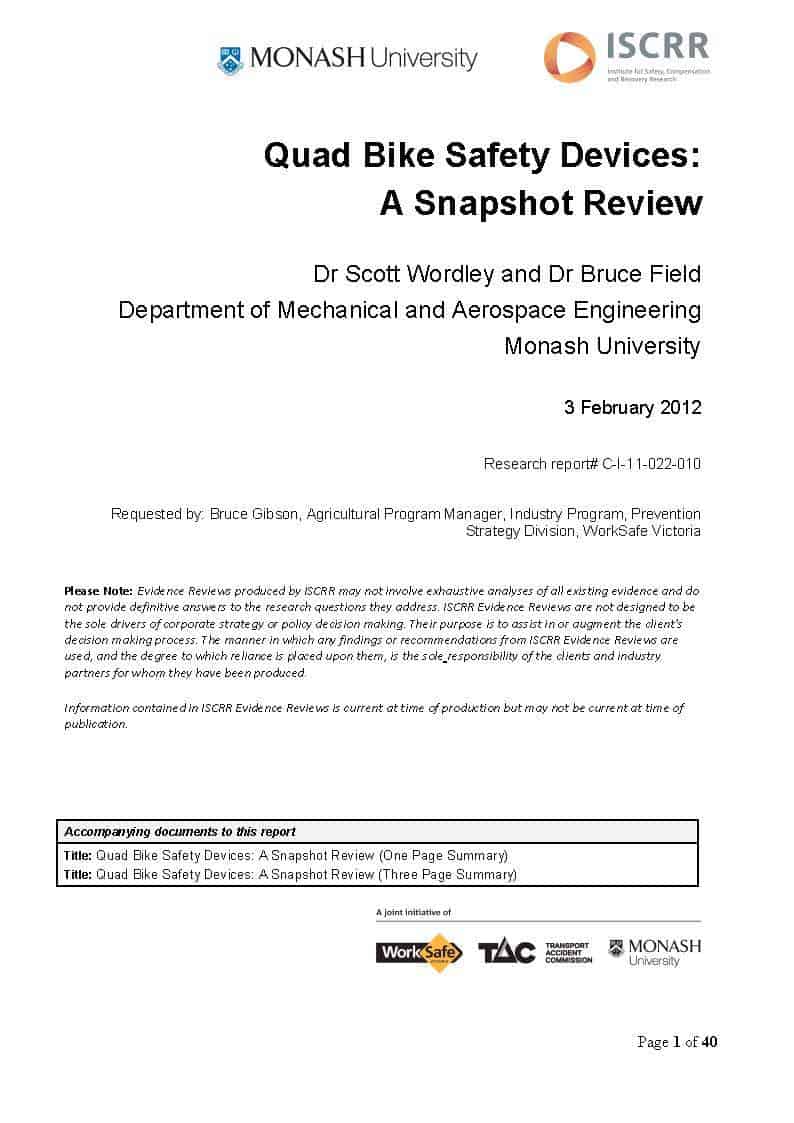Last week at the Safety In Action Trade Show I participated in a live web interview on safety. The video of my interview is available below. Many thanks to Digicast for making this and other OHS videos available.
Other video interviews are available with:
- Dr Angelica Vecchio-Sadus- HSE Leader at CSIRO Process Science and Engineering.
- Marilyn Hubner – Workplace Learning and Development Specialist at the National Safety Council of Australia
- John Lacey, Video President IOSH & CEO Lincsafe


